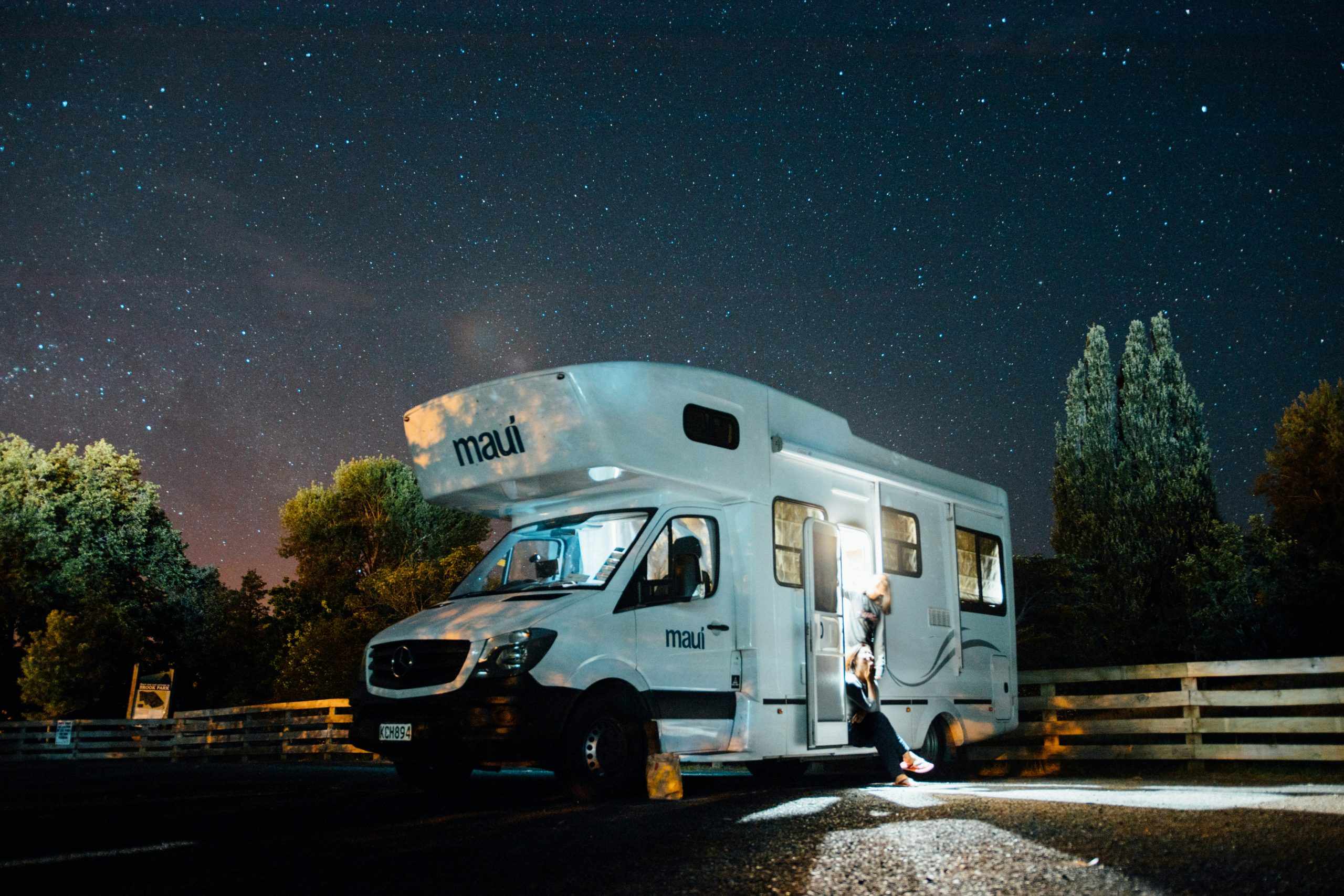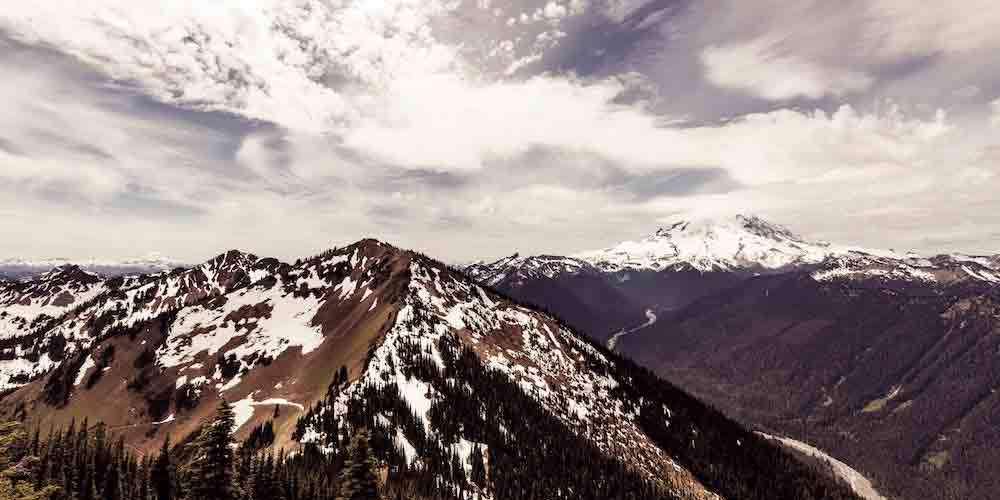A 14er is a class of mountains that are at least 14,000 feet in elevation. There are a total of 67 mountains that can be considered 14ers in the lower 48 states—Colorado has 53, California has 12, and Washington has two.
Whether you’re just starting your mountain-climbing journey or you have a few 14ers already under your belt, the following are the best 14ers for every skill level.
Beginner
If you’re just starting out and are looking to conquer your first 14er, the below are some of the best for beginners. Do not mistake “beginner” for easy either, because these hikes are strenuous, especially when you factor in the altitude.
White Mountain in California
- Peak Elevation: 14,246 feet
- Mileage: approximately 15 miles roundtrip
- Total elevation gain: 3,400 feet
White Mountain is considered one of the easiest 14ers to hike. The trailhead starts at 12,000 feet with a little over 3,000 feet in elevation gain. It can be done as a day hike, so no need to backpack and camp overnight. The trail to the top is easy to follow all the way to the summit.
Torreys & Gray’s Peaks in Colorado
- Peak Elevation: 14,270
- Mileage: 8.5 miles
- Total elevation gain: 3,600 feet
Torreys and Gray’s Peaks are a combination route of two 14ers. Gray’s Peak is great for beginners because the climb to the top is gradual on a well-maintained trail. Once you reach the top, you can continue to Torrey’s Peak, which is considered a Class 2 mountain and is more strenuous. Because these peaks are the most accessible in Colorado, the parking lots fill up early, even on the weekdays. Plan to arrive around 6 a.m. to start your hike and beat the crowds.
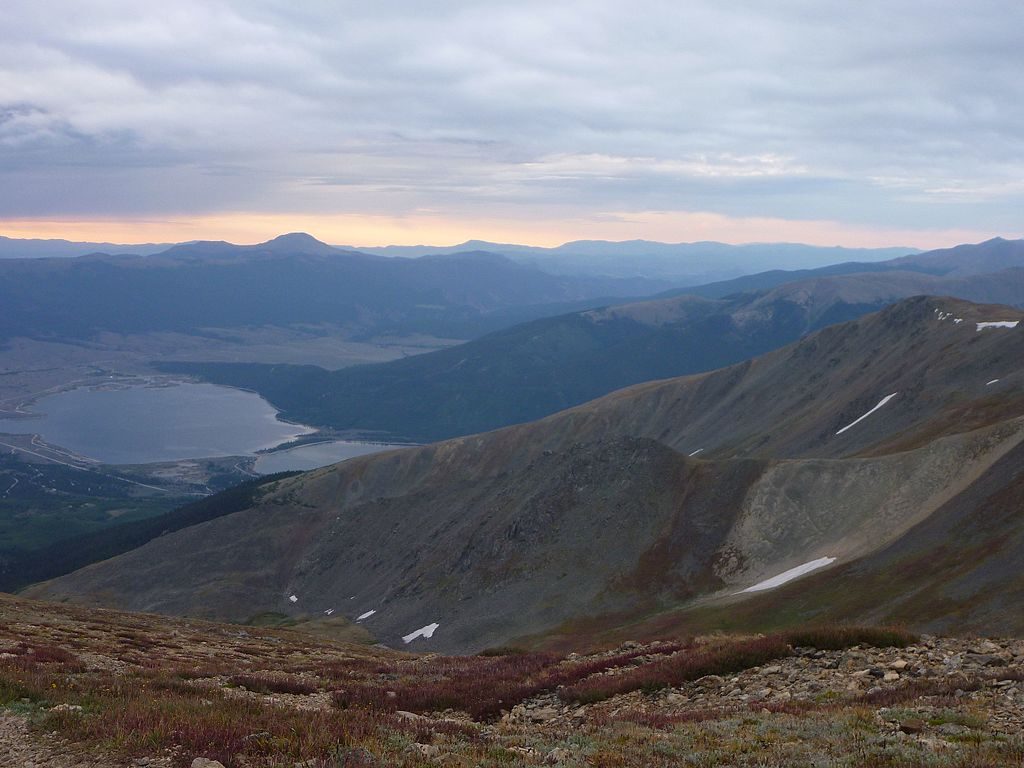
Intermediate
After you have a few 14ers under your belt, it’s time to move onto more difficult trails. On an intermediate trail, you might have higher elevation gain, longer mileage, and/or may need to backpack to camp overnight halfway through.
Mt. Whitney in California
- Peak Elevation: 14,505
- Mileage: 18 miles
- Total elevation gain: 6,100 feet
Mt. Whitney has the tallest peak in the contiguous U.S. and the trail up to the peak offers an intense amount of elevation gain and mileage. This hike would be easier if you backpacked it in two days, resting overnight and reaching the summit on the second day. Many people underestimate the intensity of the elevation gain and don’t reach the top because they tried to do the entire hike in one day.
Mt. Elbert in Colorado
- Peak Elevation: 14,443
- Mileage: 9.5 miles
- Total elevation gain: 4,700 feet
Mt. Elbert is the highest peak in Colorado and second in the contiguous U.S. next to Mt. Whitney. The easiest route to the summit is via the Northeast Ridge trail, which is relatively easy until you reach 13,400 feet—where you’ll find a very steep section of the trail. There are two false summits before you reach the final peak and bypassing these are some of the roughest terrains before reaching the top.
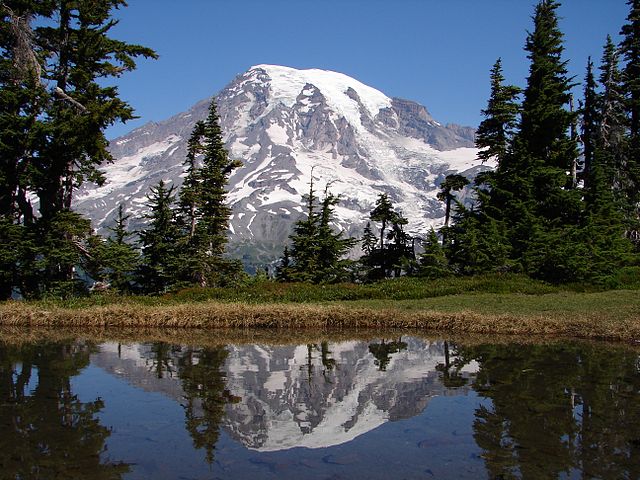
Difficult
Now that you’ve tackled the beginner and intermediate hikes, it’s time to attempt the hard ones. The following are Class 4 mountains, which means sometimes ropes are used and scrambling is possible, often with exposure. For reference, a Class 5 would be considered straight rock climbing.
Mt. Rainier in Washington
- Peak Elevation: 14,411
- Mileage: 14.7 miles
- Total elevation gain: 8,986 feet
Mt. Rainier is the tallest mountain in Washington state and also happens to be a volcano. Many people use Mt. Rainier as a training hike to tackle Denali in Alaska, which is the tallest mountain in the U.S. at 20,310 feet. Rainier is on the difficult list because of the hiking conditions—mainly snow.
You’ll encounter snow on all the trails at the top of the mountain, as well as dangerous glaciers and threats of avalanches. There are 60 different routes that range in difficulty, so choose the route that works best with your skill levels. You cannot hike to the summit in one day and will need to camp for at least two nights.
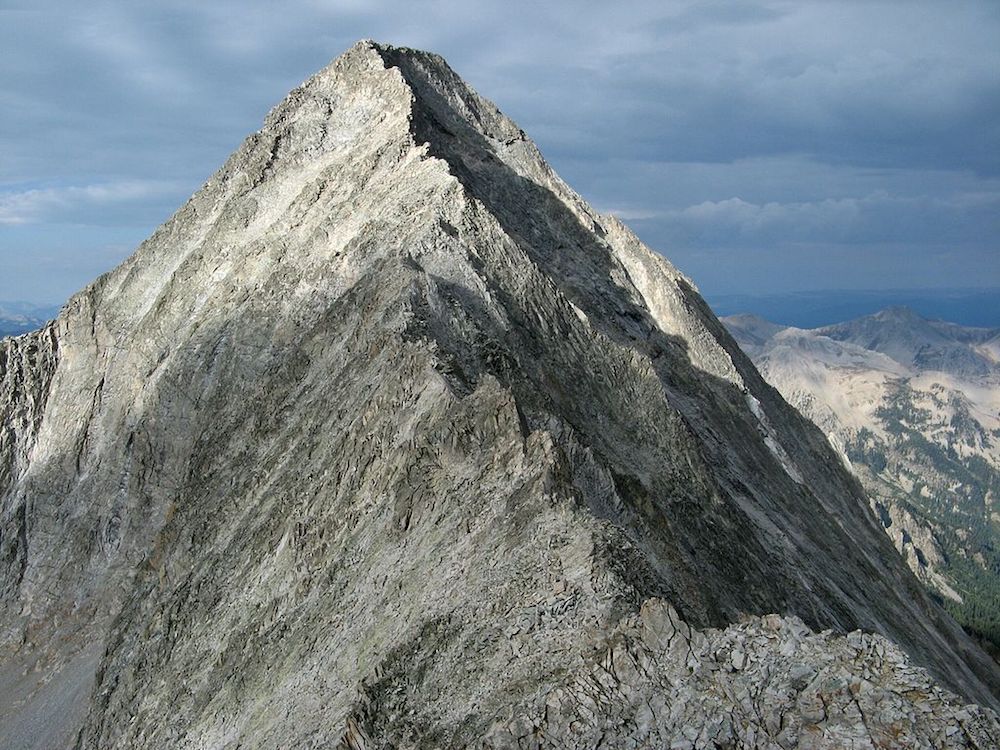
Capitol Peak in Colorado
- Peak Elevation: 14,131
- Mileage: 17 miles
- Total elevation gain: 5,800 feet
Capitol Peak is one of the most difficult 14ers in the U.S. It’s so dangerous that many people have died attempting to summit the peak, including five people in the summer of 2017. It’s on the difficult list because it includes scrambling over the “knife-edge ridge,” a difficult-to-follow trail, and high elevation. It’s possible to do this hike in one day if you leave the trailhead at 2 or 3 a.m. in the morning in order to reach the peak by 9 a.m. and avoid the dangerous summer storms.

